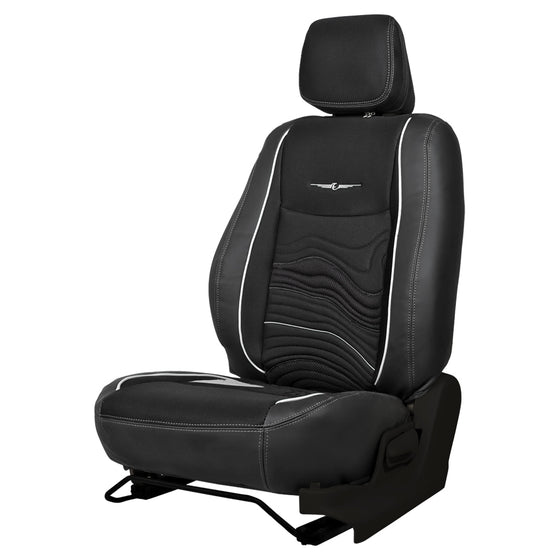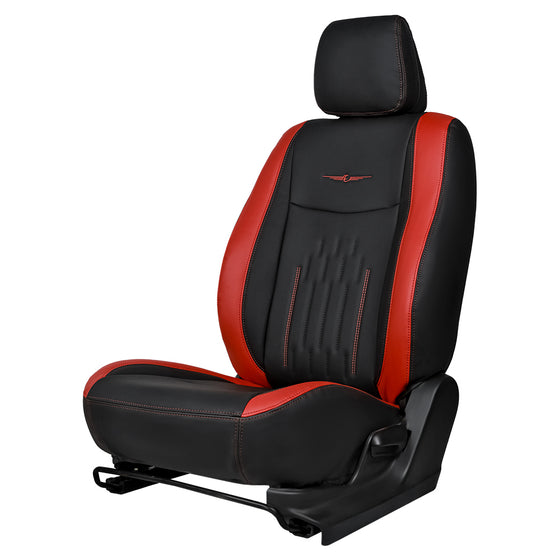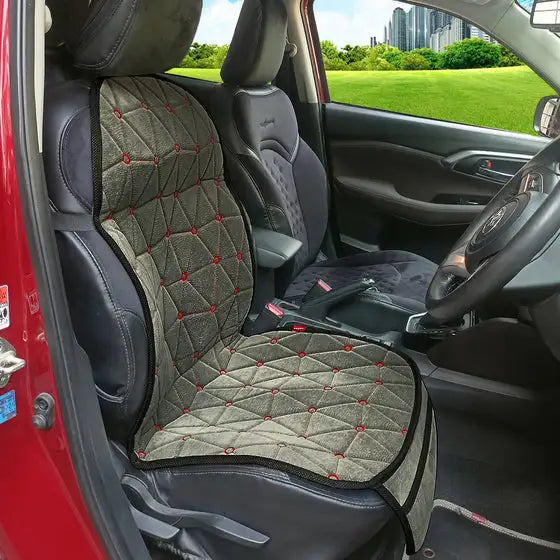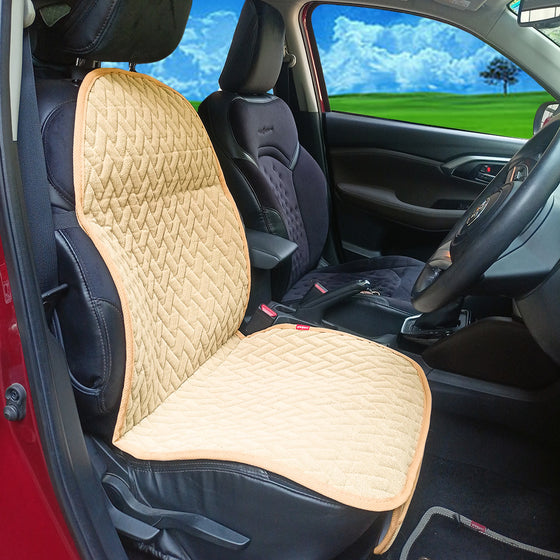Winter Tyres Vs All Season Tyres
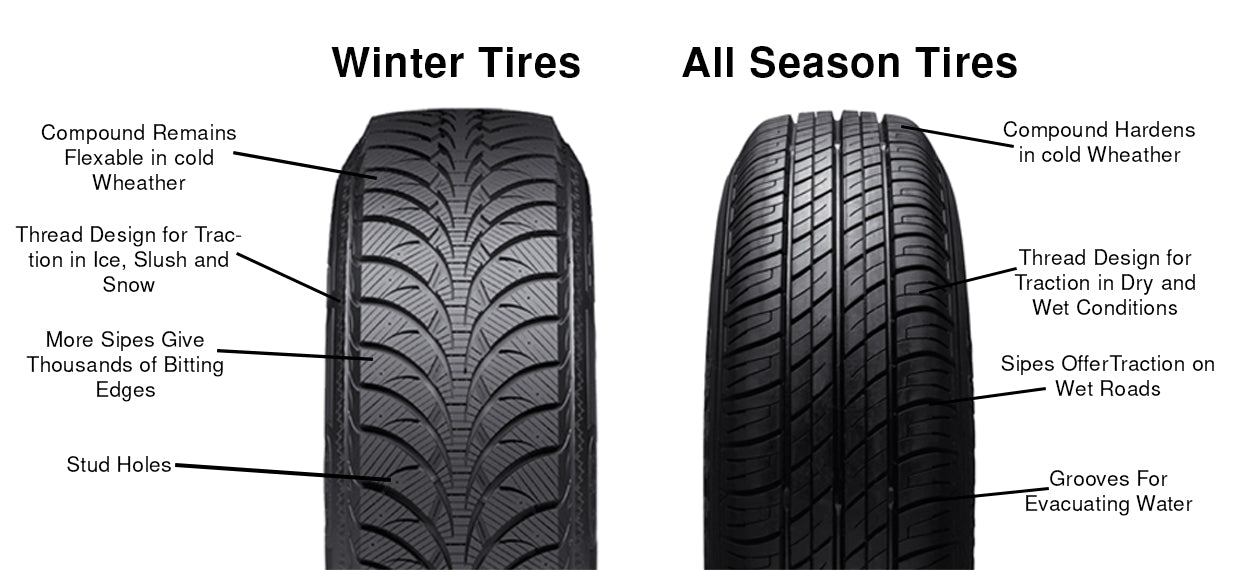
Tyres are the least discussed and cared car fittings for a buyer, excluding car enthusiasts. As we all think, tyres are nothing more than inflated circular objects granting motion to the vehicle. Tyres go through a heavy challenge on road. This challenge is further compounded by variation in seasons. Thus, tyres have been evolved to bring maximum efficiency by making them season compliant. Three basic tyres are in the market to cater to customer needs- summer tyres, winter tyres and all-season tyres.
But how do you decide on the tyre choice? Sounds complicated? It is most prudent to first be informed before unnecessary forethought.
This article will present a detailing of winter and all-season tyres, including their capabilities and restraint. This will facilitate evidence-based decision making.

The question, “do I require winter tyres or all-season tyres” is quite contextual with no straight answer. Some factors that dominate the choice are-
Your Location
Tyre regulation is not uniform throughout the world. Winter tyres may be mandatory in some and recommended in other countries. Make your choice as per the law of land. You are not left with a dilemma then.
-
Local weather
Winter tyres are composed of a high silica rubber compound with a tread design suited to cold temperatures (below 7°C). Using them all around the year may not be wise, but they provide necessary protection in snow and ice.
-
Average annual mileage
If winters don’t bother your region much and you tend to drive less in general, then spending on winter tyres wouldn’t be cost-effective for you.
Understanding winter tyres?
Winter tyres are purposely designed to be used during winters, principally for regions of heavy snow and ice. They have silica compounds for tread design. This shields the tyres from extreme cold and makes them flexible in cold conditions. These tyres do not harden even if the temperature falls below 7°C.

How do they appear?
They have a richer and deeper tread pattern. This pattern expels snow, slush and water. There are also visible very slim cuts repeated all over the tyre. These are called sipes. Winter tyres have extra sipping to build biting edges for better grip over snow.
The winter tyre compound is the softest of all three tyres. This gives it flexibility and thus advanced grip on the road during cold weather. Winter tyres have a marking for easy differentiation. Generally, a good quality one has ‘snowflake’ on the sidewall.
Performance
As mentioned above, below 7 °C the tyres have excellent grip. At this temperature range, they remain flexible, unlike all-season or summer tyres. Since winter tyres turn softer below 7 °C, they are vulnerable to faster wear and tear.
The tread pattern is designed to clear out excess slush. Sipeslet the snow stuff within them. This provides quite a grip, as snow clutches itself best. Sipes grant better vehicle handling.
Winter tyres work well in snow or normal cold conditions. It is not advisable to inter-mix different categories of tyres. By doing such an experiment maximum traction cannot be guaranteed. The car could be prone to skidding.
Advice
It is not recommended to use winter tyres during any other season, especially the summer months. This could not only lead to unnecessary wear and tear of the tyre but its safety characteristics remain underutilized.
Understanding all-season tyres?
They are a hybrid class, drawing benefits of both summer and winter tyres. These tyres are manufactured to give the tread longer life. They offer a great grip on waterlogged roads as well as on dry and sandy patches. They are built utilizing rigid rubber and tread compounds, generally found in summer and winter tyres. They, thus justify their name with the functional performance throughout the year.

However, in summer they might compromise on the grip a bit while winters could harden the rubber composition in them.
How do they appear?
Set in a chevron-like pattern, there are several tread blocks in all-season tyres. The tread depth is stable between summer tyre shallowness and winter tyre depth. Compared to winter tyres, the compound in all-season tyres is a bit harder. Thus they have a healthy life than the winter tyres. Hardness however is lesser than the summer tyres which gives them a shorter life than the summer tyres.
Performance
All season tyres are not a perfect choice for cold weather and rural or mountainous regions. They have big tread blocks and fewer edges, crucial to have a grip on ice and snow. They are unsuited for extreme cold. Having lesser flexibility makes them an unsuitable alternative to summer tyres.
These tyres work best in mild conditions and urban areas.

A brief evaluation of the tyres
- Winter tyres are seasonal and not to be used all year round.
- All-season tyres can be used throughout the year under mild circumstances.
- Winter tyres are most suitable for icy roads.All-season tyres perform better than summer tyres on icy roads but are outperformed by winter tyres in deep snow.
- Swapping from winter to summer tyres and vice-versa could be expensive and irksome. All-season tyres need not be replaced in such frequency.
- All-season tyres are not a panacea. For extreme temperatures, the specialized tyres work the best.
- Winter tyres though flexible,are fragile when used in other seasons.
- All-season tyres are cost-effective and offer better handling. But they can be low in performance when used under extreme conditions.

After reading the article, it doesn’t sound too complicated to understand the role of tyres in a weather context. Based on the knowledge accumulated one can add to fuel efficiency and safety by swapping to appropriate tyres.
Leave A Reply
Your email address will not be published. Required fields are marked *
Products list
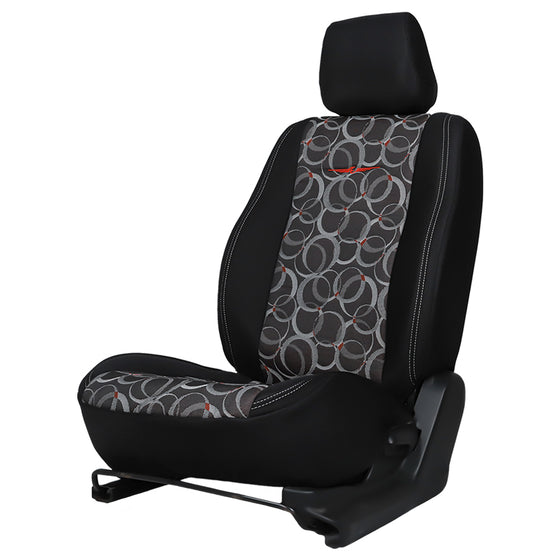
Yolo Fabric Car Seat Cover For Tata Curvv
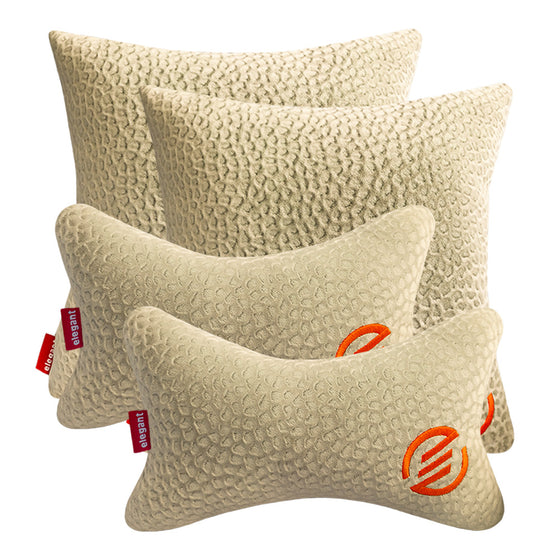
Elegant Comfy Velvet Cushion & Neck Rest Car Pillow CU12




